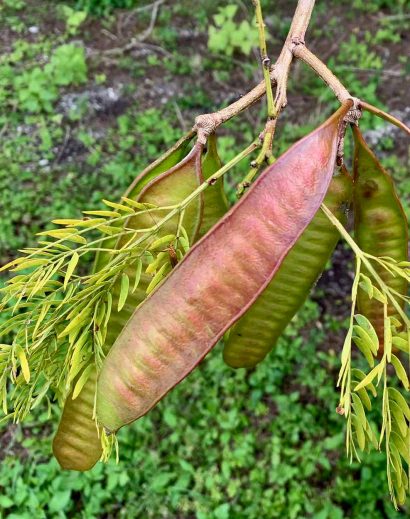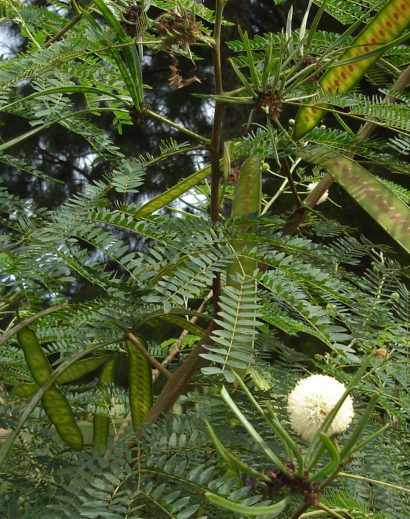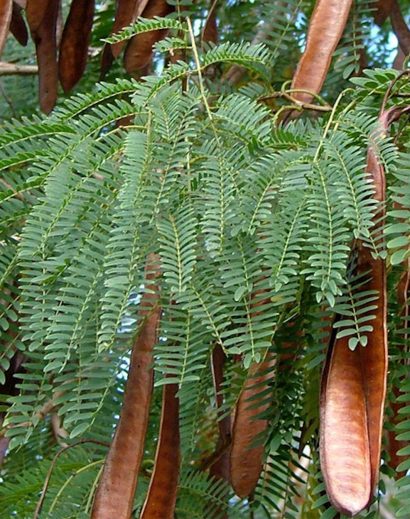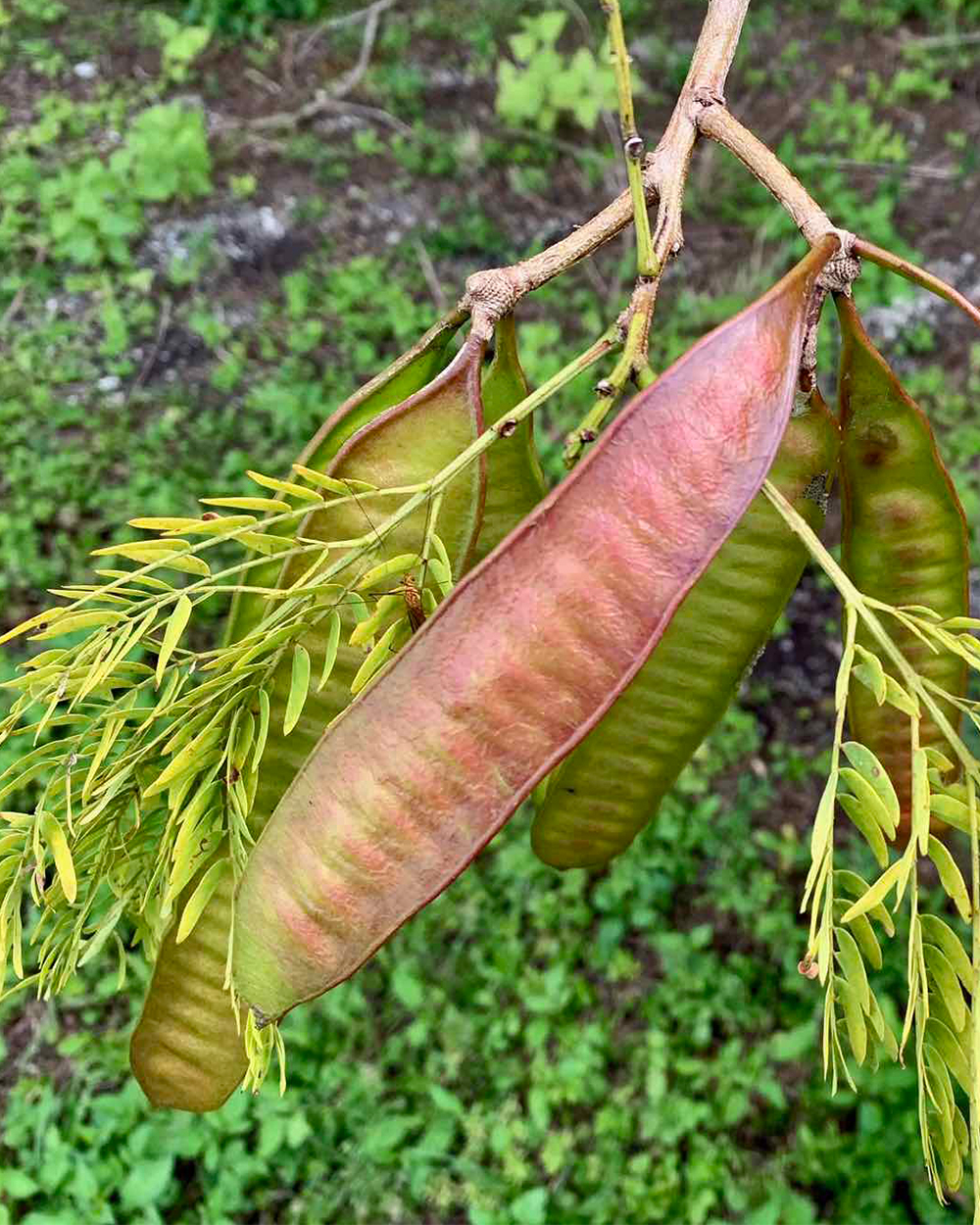Leucaena is a genus of flowering plants in the pea family, Fabaceae. It includes several species of shrubs and small trees native to tropical and subtropical regions, particularly in Central and South America. One of the most well-known species in this genus is Leucaena leucocephala, commonly referred to as the “leucaena” or “leadtree.”
Here are some key characteristics and uses of Leucaena:
- Fast-Growing: Leucaena species are known for their rapid growth, making them valuable for reforestation and agroforestry projects.
- Nitrogen Fixation: Leucaena plants are nitrogen-fixing legumes, which means they have a symbiotic relationship with nitrogen-fixing bacteria in their root nodules. This ability to fix nitrogen from the atmosphere makes them valuable for improving soil fertility.
- Fodder: Leucaena leaves and young shoots are highly nutritious and are often used as fodder for livestock, particularly in regions with limited forage options. However, it’s important to note that some Leucaena species contain compounds that can be toxic to livestock if consumed in excess, especially mimosine, which can lead to a condition called “leucaena toxicity.”
- Agroforestry: Leucaena is commonly used in agroforestry systems where it can provide shade, improve soil fertility, and serve as a source of fodder for animals.
- Erosion Control: Leucaena’s deep root system helps prevent soil erosion, making it useful in erosion control efforts.





Reviews
There are no reviews yet.